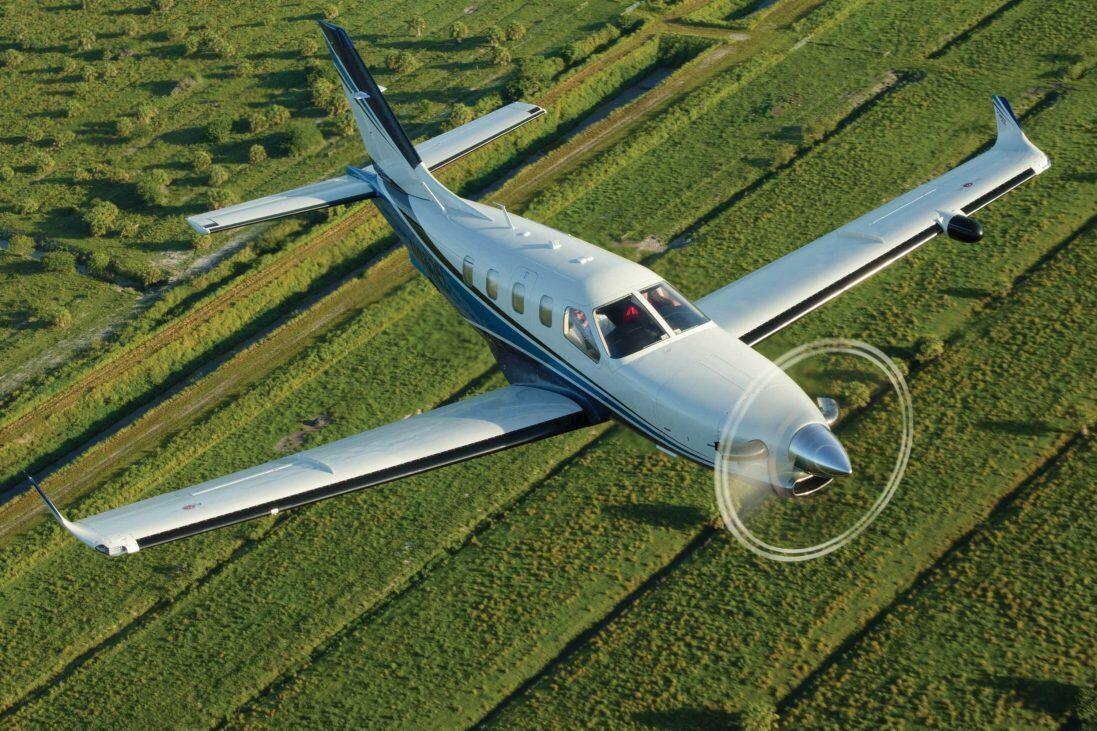
The aviation industry demands materials that meet the highest standards of safety, durability, and performance. Aircraft components and systems operate under extreme conditions, requiring materials that can withstand these challenges. Rubber materials are extensively used in aviation due to their superior elasticity, sealing capabilities, chemical resistance, and ability to perform across a wide temperature range.
Applications of Rubber Materials in the Aviation Industry
Sealing Elements (Gaskets and O-Rings): Sealing is critical in ensuring the reliability of systems such as aircraft engines, fuel systems, hydraulic systems, and landing gear. Rubber materials are ideal for these applications as they can maintain flexibility under pressure and provide effective sealing. Fluoroelastomer (FKM) and Hydrogenated Nitrile Rubber (HNBR) are commonly used for their high temperature and chemical resistance.
Fuel and Hydraulic Hoses: Hoses in fuel and hydraulic systems must operate under high pressure and provide secure fluid transfer. These hoses are typically made from Nitrile Rubber (NBR) and Polytetrafluoroethylene (PTFE), which offer excellent chemical resistance and long service life.
Vibration Dampening Components: Aircraft engines produce significant vibrations during operation, which can affect the structural integrity and lifespan of components. Rubber materials, with their vibration-absorbing properties, are ideal for dampening these vibrations. EPDM (Ethylene Propylene Diene Monomer) and Silicone Rubber are commonly used to ensure quiet and efficient operation.
Coating and Insulation Materials: Aircraft components are exposed to extreme temperatures, pressures, and abrasive chemicals. Rubber materials are used as protective coatings for engine parts, exhaust systems, and other surfaces. Silicone Rubber, with its high-temperature resistance, is particularly suitable for these applications.
Landing Gear Components: Landing gear systems are subjected to high loads and impact forces. Rubber bushings, bearings, and bumpers are used to dampen shocks and control vibrations during landing and takeoff. These components protect structural elements from high mechanical stresses.
Cabin Air Insulation and Pressure Systems: Maintaining cabin pressure is essential for passenger comfort and safety. Rubber materials prevent air leakage, ensuring stable cabin pressure. EPDM and Neoprene (CR) are widely used as sealing elements for air insulation in cabins.
Electrical Insulation Materials: Rubber materials are critical for protecting electrical and electronic systems in aircraft. Their low electrical conductivity makes them ideal for cable insulation and electronic component protection. Silicone Rubber, with its heat resistance and insulation properties, is frequently used for this purpose.
Types of Rubber Used in the Aviation Industry
Fluoroelastomer (FKM): FKM is known for its exceptional resistance to high temperatures and chemicals. It is widely used in fuel and oil-resistant applications, particularly in engine parts and fuel systems.
Silicone: Silicone offers a broad operating temperature range and excellent electrical insulation. It is commonly used in cabin applications, electrical insulation, and engine coatings.
EPDM (Ethylene Propylene Diene Monomer): EPDM exhibits outstanding resistance to UV rays, ozone, and environmental conditions. It is used in cabin seals, vibration-dampening components, and air insulation systems.
Nitrile Rubber (NBR): NBR is frequently used in fuel and oil-resistant applications, such as hydraulic hoses, fuel systems, and gaskets. It remains flexible at low temperatures, ensuring reliable performance.
Hydrogenated Nitrile Rubber (HNBR): HNBR offers enhanced temperature resistance and oxidation resistance compared to standard NBR. It is preferred in high-pressure and high-temperature applications.
Neoprene (CR): Neoprene provides resistance to ozone, chemicals, and environmental conditions. It is used in cabin insulation elements, vibration dampeners, and electrical insulation applications.
Rubber materials are indispensable in the aviation industry, providing solutions that enhance safety, performance, and durability. Their flexibility, resistance to harsh environments, and compliance with stringent aviation standards make them essential for various critical applications. By selecting the right rubber material for each application, the aviation industry ensures the reliability and longevity of its systems and components.
